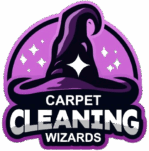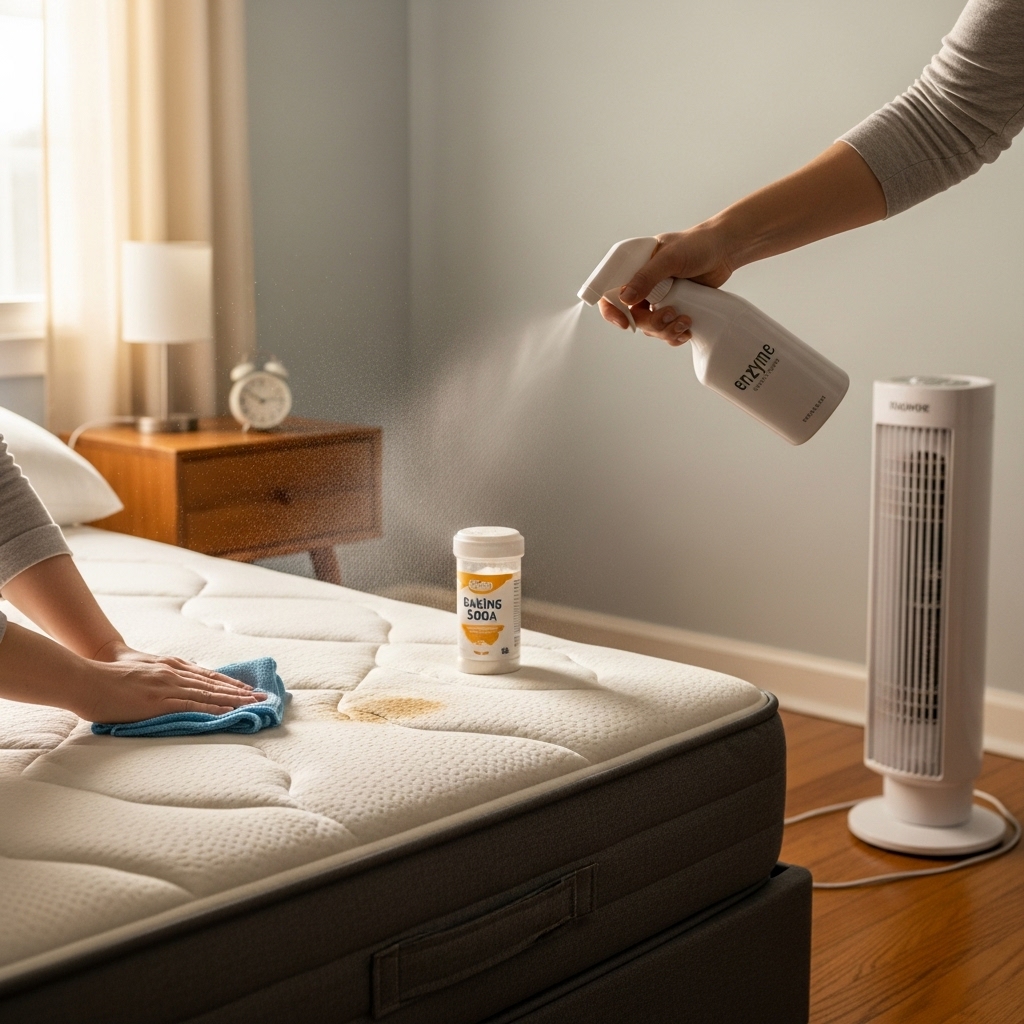Pets bring warmth and joy to homes in Elizabeth, New Jersey, but accidents happen—especially during training, illness, or a disrupted routine. When a spill or pet accident reaches the mattress, your response matters. The right steps can remove stains, neutralize odors, and protect the foam and fabric layers that make your bed comfortable. This guide offers a calm, thorough plan for addressing common pet messes, from fresh accidents to lingering smells, using safe methods you can trust. If you want to compare at-home strategies with deeper professional options, you can browse reputable mattress cleaning approaches and decide where professional help fits into your routine.
The challenge of pet stains on mattresses
Pet stains are complex. Urine contains uric acid crystals that cling stubbornly to fibers and foam, while vomit and feces introduce proteins and dyes that can discolor fabrics and create persistent odors. The warm, absorbent layers of a mattress can draw liquids downward, so the window for easy removal is narrow. Effective cleaning requires gentle chemistry, minimal moisture, and patient blotting to avoid spreading or setting the stain.
Elizabeth’s climate adds another wrinkle: humid air can make odors more noticeable and slow the drying process. That is why smart airflow—fans, open windows on dry days, and careful timing—plays such a big role in success. When drying is complete, odors fade and the chance of reactivation from heat and humidity drops.
Immediate steps for fresh accidents
Act quickly to limit absorption. Remove bedding and place it directly into the washer. Lay a clean, light-colored towel over the stain and apply gentle pressure to lift liquid upward. Replace the towel as it becomes damp, working until you are drawing up very little moisture. Avoid scrubbing, which pushes contaminants deeper and can damage fibers.
Once the surface is no longer wet, prepare a solution of cold water with a few drops of mild liquid dish soap. Lightly mist the stained area and continue blotting with a fresh microfiber cloth. If color remains or odor lingers, switch to an enzyme cleaner designed for pet stains, following the label exactly and testing on a small, hidden area first.
Use minimal liquid. Mattresses are not designed for saturation, and excess moisture can carry residues into the comfort layers. Aim for multiple rounds of light application and blotting rather than one heavy treatment. Patience protects the structure and improves results.
Addressing set-in stains and odors
For older stains, begin with dry soil removal: vacuum the entire surface carefully, focusing on seams where hair and dander collect. Then test an enzyme cleaner on a discreet area. Apply sparingly to the stain and allow proper dwell time so enzymes can break down organic compounds. Blot thoroughly with clean cloths, alternating damp and dry passes until no residue transfers.
Neutralize odors with a light layer of baking soda once the fabric feels only slightly damp. Allow it to sit for at least an hour, then vacuum slowly to remove fine powder. If a trace smell persists, repeat with a shorter dwell time rather than increasing liquid. Odor reduction often improves dramatically as the mattress dries fully with good airflow.
If a stain remains faintly visible after cleaning, avoid aggressive chemistry that risks bleaching or fiber damage. Visual whitening is less important than full odor neutralization. A breathable mattress protector and fresh bedding will minimize any residual appearance while you evaluate whether a second, conservative treatment is warranted.
Drying for success in Elizabeth’s climate
Drying is where many pet stain attempts fall short. Turn on a fan and aim it across the mattress. On dry days, open a window to create a cross-breeze; on humid days, rely on fans and air conditioning. Keep the room comfortably warm but avoid hot-air blasts directly on the fabric, which can set remaining residues or create rings.
Do not make the bed until the surface is fully dry to the touch. A slightly damp mattress can trap odors and lead to a return of smells the next time the room warms up. Give airflow time to do its work, and rotate the mattress head to foot if recommended by the manufacturer to ensure even drying.
Prevention: making future cleanups easier
Use a high-quality, breathable protector that is washable and fits snugly. A protector catches early-stage accidents and prevents liquids from dropping into deeper layers. Wash it promptly after any incident and inspect for wear along the edges and elastic.
Routine grooming, regular pet baths, and freshening pet bedding reduce the amount of dander and odor-causing oils that reach your mattress. Establishing a consistent nighttime routine—last walk, water timing, and a quiet wind-down—can also cut down on accidents, especially for puppies and senior pets.
Consider a removable cover or throw for times when pets nap on top of the duvet. This simple barrier is easy to launder and keeps hair from working into the bedding. The less material that reaches the mattress surface, the more effective every cleaning session will be.
When to call in a professional
Some situations are best handled with specialized tools and methods. Widespread or repeated accidents, deep odors that return after drying, or mattresses with complex quilting and thick toppers benefit from expert attention. Professionals use targeted enzyme treatments, controlled application, and extraction that pulls residues out without saturating the core.
Timing is key. The sooner a professional addresses persistent stains, the better the chances of full odor neutralization and stain reduction. If you need a benchmark for what expert service can accomplish, review mattress cleaning methods designed for pet-related issues and compare them with your at-home results before deciding your next step.
Frequently asked questions
Should I use hydrogen peroxide on pet stains? Peroxide can lighten some stains, but it also risks bleaching fabrics and reacting with certain dyes or fibers. Test carefully in an inconspicuous area and use sparingly if at all. Enzyme cleaners are typically safer and more effective for pet-related messes.
Why do odors come back after I thought I cleaned the stain? Lingering moisture and residues deep in the mattress can re-emit smells when the room warms up or humidity rises. Ensure thorough drying with sustained airflow and consider a second, conservative enzyme treatment if odors persist.
Can I use a steam cleaner on a pet stain? Steam introduces significant moisture. Without powerful extraction and ventilation, it can push residues deeper, making odors harder to remove. Low-moisture methods are safer for most mattresses.
How can I tell if the stain is fully addressed? The fabric should look uniform without damp rings, and the area should be odor-free after a full day of normal room temperatures. If the smell returns, repeat light enzyme treatment and improve airflow.
What is the best way to prevent future accidents? A combination of routine, accessible nighttime breaks, and a breathable, washable protector creates a strong defense. Keep pet bedding clean and consider training refreshers after schedule changes.
Will cleaning void my mattress warranty? Always review your warranty terms. Many require avoiding saturation and specific chemicals. Share your mattress type with any professional so they can tailor methods to protect both materials and warranty conditions.
Restore freshness and comfort
With the right steps and a little patience, you can resolve pet stains and reclaim a fresh, welcoming bed. When you want added certainty—especially after recurring accidents—schedule thorough mattress cleaning with a team that understands how to neutralize pet odors, protect delicate materials, and keep Elizabeth homes smelling clean.

